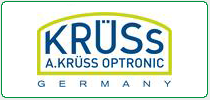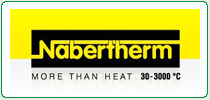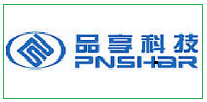COUGH SUPPRESSANT AND EXPECTORANT VISCOSITY MEASUREMENT APPLICATIONS
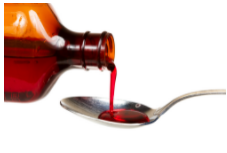
Use
To relieve coughs and chest congestion.
METHOD 1
Test Equipment
Instrument: Viscometer or Rheometer
Torque Range: RV
Spindle: YULA-15E
Accessories: Enhanced UL Adapter,
TC-550AP Programmable Bath
Speed: 50, 60, 70 ,80, 90, 100, 110, 120, 130, 140, 150, 160 and 170 RPM
Temperature: 22°C
Test Method
We used a Brookfield DV3TRV Rheometer with Rheocalc™ software for automated instrument control and data acquisition. The temperature was regulated using an ULA-EY water jacket connected to a TC-550AP Refrigerated Programmable Bath. We ran three trials to determine repeatability. A syringe was used to measure and dispense 16 mL of the substance into the sample chamber. The spindle and chamber were cleaned before each trial, and fresh material was used in each trial. We equilibrated the sample, spindle and chamber for at least three minutes prior to testing. We ran our test in a speed ramp fashion. Using traditional RV speeds like 50 and 100 RPM can make a sufficient test for this type of material. However, since we used a DV3T Rheometer, we had the capability of running the test at a wide variety of speeds. Representative data from the analyses are shown in Figure 1.
Figure 1 illustrates that both Brand A and Brand B are essentially Newtonian fluids. Newtonian fluids are characterized by a constant viscosity, independent of shear rate. Slight differences in viscosity over our range of shear rates can be accounted for by the 1% tolerance of the instrument. Figure 1 also shows that Brand A is more viscous than Brand B.

Figure 1: Viscosity vs. Shear Rate
METHOD 2
Test Equipment
Instrument: DV3T Rheometer
Torque Range: LV
Spindle: YULA-15E
Accessories: Enhanced UL Adapter, TC-550AP Programmable Bath
Speed: 3, 4, 5, 6, 7 ,8, 9, 10, 11, 12, 13, 14 and 15 RPM
Temperature: 22°C
Test Method
We used a Brookfield DV3TLV Rheometer with Rheocalc™ software for automated instrument control and data acquisition. The temperature was regulated using an ULA-EY water jacket connected to a TC-550AP Programmable Bath. We ran three trials to determine repeatability. A syringe was used to measure and dispense 16 mL of the substance into the sample chamber. The spindle and chamber were cleaned before each trial, and fresh material was used in each trial. We equilibrated the sample, spindle and chamber for at least three minutes prior to testing. We ran our test in a speed ramp fashion. Using traditional LV speeds like 3, 6 and 12 RPM can make a sufficient test for this type of material. However, since we used a DV3T Rheometer, we had the capability of running the test at a wide variety of speeds. Representative data from the analyses are shown in Figure 2.
Figure 2 illustrates that both Brand A and Brand B are essentially Newtonian fluids. Newtonian fluids are characterized by a constant viscosity, independent of shear rate. Slight differences in viscosity over our range of shear rates can be accounted for by the 1% tolerance of the instrument. Figure 2 also shows that Brand A is more viscous than Brand B.
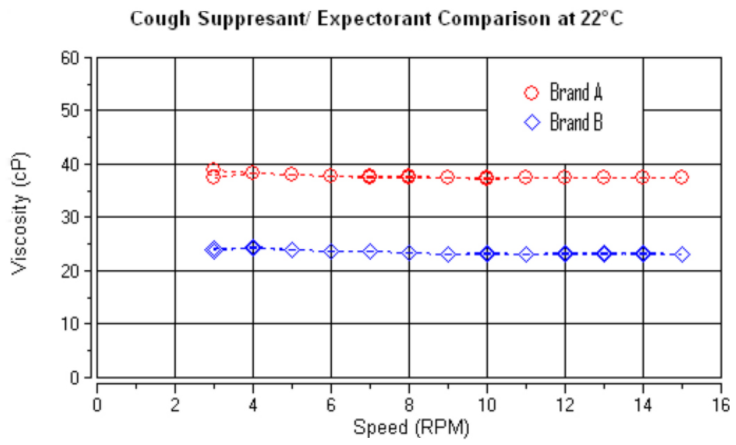
Figure 2: Viscosity vs. Rotational Speed
>>Download a pdf of this application note.








